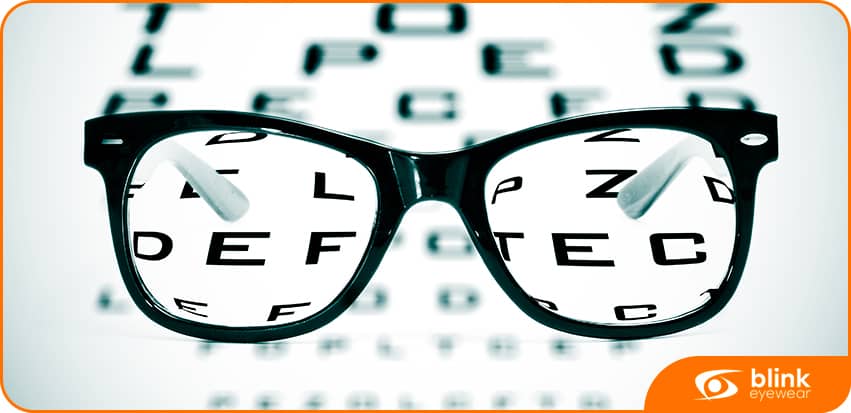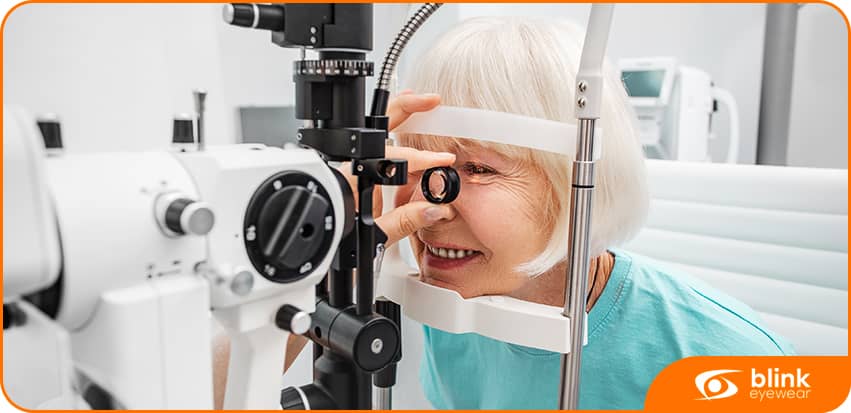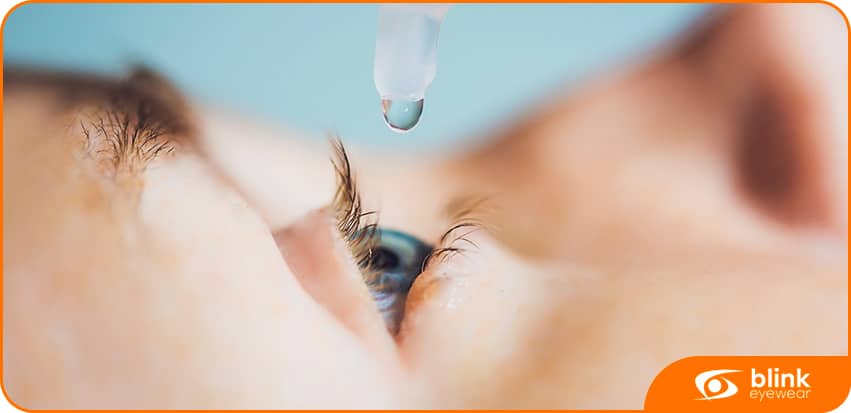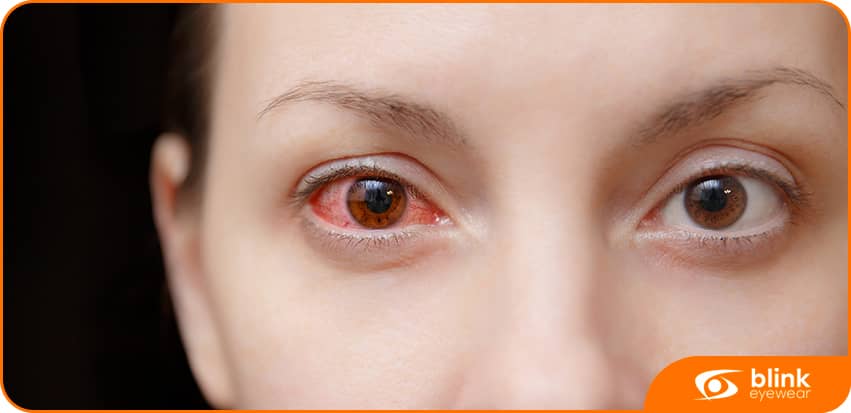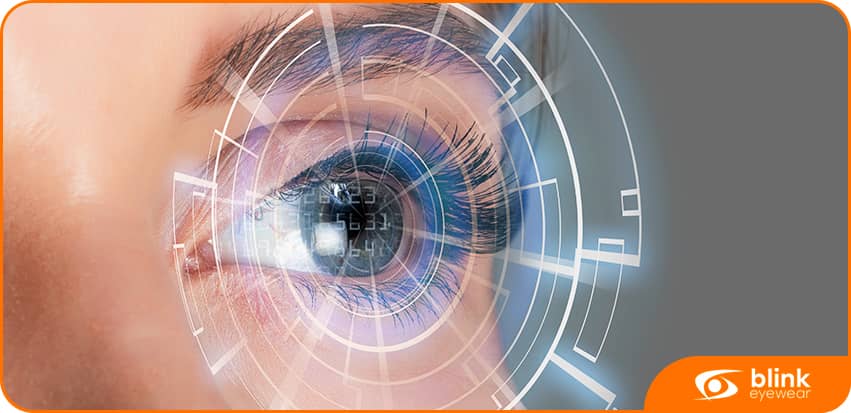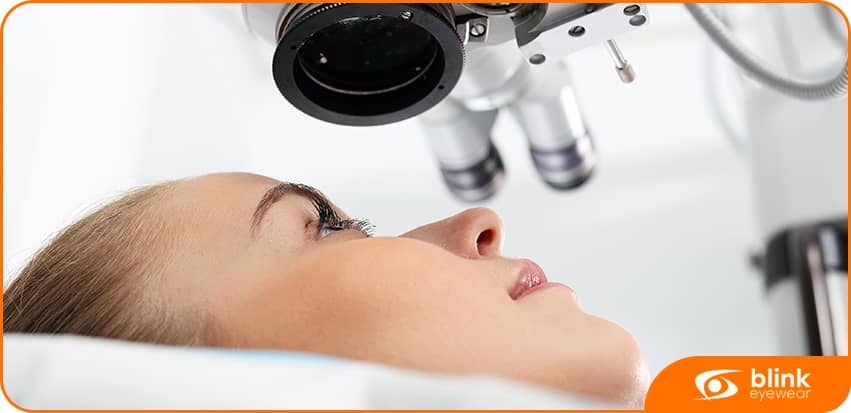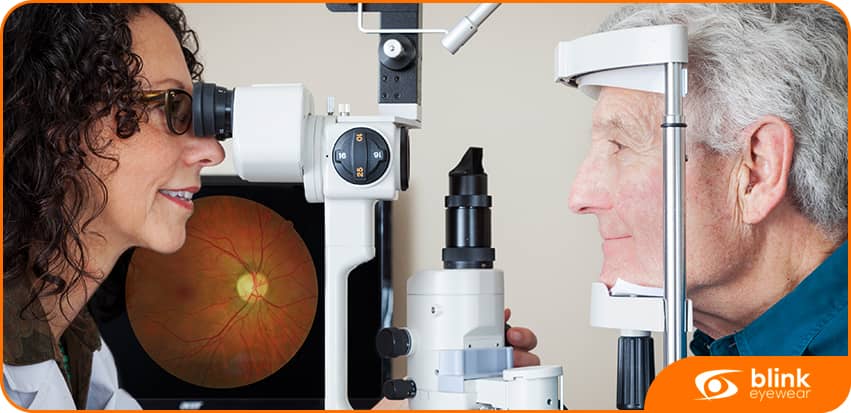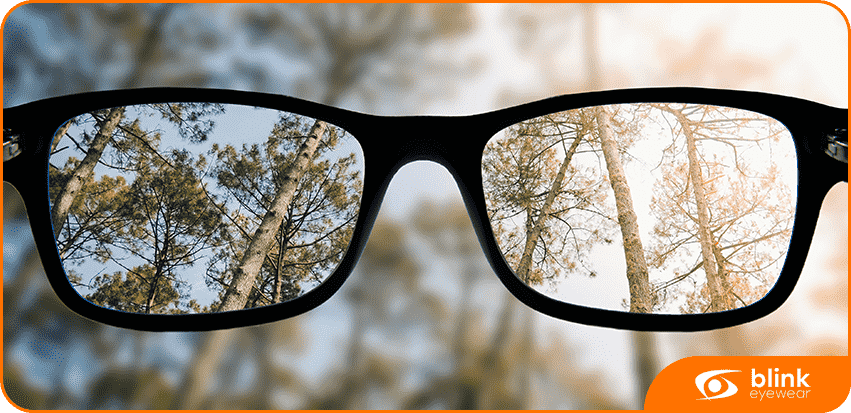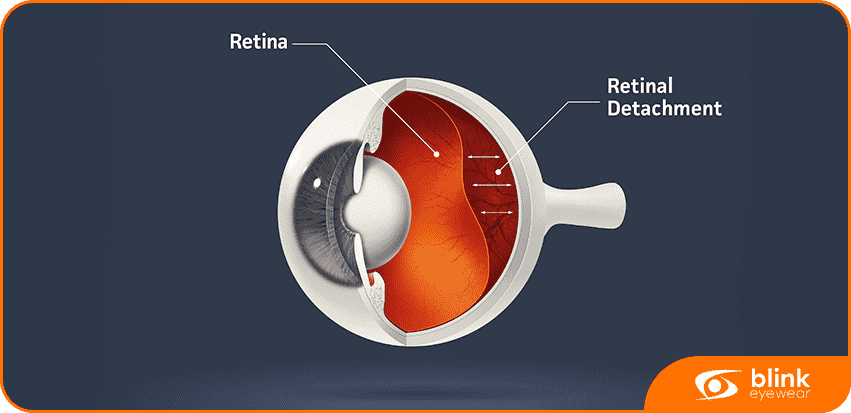Our Eye Treatments
Our Northwest and Southwest Calgary Eye Doctors Know Astigmatism! Our eye doctors can diagnose astigmatism with a thorough eye exam. Astigmatism may occur in combination with other vision problems such as nearsightedness and farsightedne
A cataract is a common eye disease in which the lens of your eye, which is usually clear, becomes cloudy or opaque. For some people, cataracts are barely noticeable and do not require much attention; however, for others, the problem can bec
This is a common syndrome that results from long periods of time spent in front of a computer screen. Computer vision syndrome is becoming a common complaint among patients since most of us are increasingly required to use computers for edu
Lack of sufficient lubrication and moisture on the surface of the eye is referred to as dry eye syndrome or dry eye disease (DES or dry eye). Consequences of DES range from the inability to wear contact lenses and minor irritation to an inc
This short video stresses the importance of knowing the hazards at home and in the workplace regarding your eyes. In this video, we review a few actual incidents where people lost part or all of their vision, along with one whose vision was
We use up-to-date technology to ensure the best eye care possible. Below are the different technologies that we use at Blink Eyewear - Optometry to give you the most comprehensive and thorough eye exam! Many eye diseases can be successfully
Farsightedness or hyperopia is a refractive error in which distant objects are clear, while close objects appear blurry. A refractive error occurs when the eye is not able to refract (or bend) the light that comes in into a single point of
Glaucoma is not a single disease. It is actually a group of eye diseases that cause damage to the optic nerve due to an increase in pressure inside the eye, which is called intraocular pressure (IOP). When detected in the early stages, glau
LASIK, a type of refractive surgery for the correction of myopia, hyperopia, and astigmatism, is often referred to as laser eye surgery or laser vision correction. LASIK surgery is performed by an ophthalmologist using a laser or microkerat
Age-related Macular Degeneration (AMD) is a leading cause of vision loss in adults aged 50 and older. February is AMD and Low Vision Awareness Month and also commemorates White Cane Week in Canada. Awareness about the disease, the risk fact
Nearsightedness, technically known as myopia, is a condition that causes difficulty focusing on objects at a distance, while near vision remains normal. Myopia is one of the most common vision problems worldwide and it is on the rise. Pe
Pink eye or conjunctivitis is one of the most common eye infections, especially in children. The infection is an acute inflammation that causes redness and swelling of the conjunctiva, which is the clear mucous membrane that lines the eyeli
Unlike a true eye disease, presbyopia is so common, it eventually happens to almost everyone who reaches old age to some extent. With age, the lens of our eye becomes increasingly inflexible, making it harder to focus on close objects. A
A retinal detachment is a serious eye emergency in which the retina (the lining of the back of the eye) becomes separated and pulls away from the surrounding tissue. When the retina is out of place, the eye cannot properly process incoming
Vision therapy is an in-office, doctor-supervised type of therapy aimed at retraining the learned aspects of vision taking a more physical approach for the brain and eyes. This is a non-surgical treatment that is highly effective for variou
